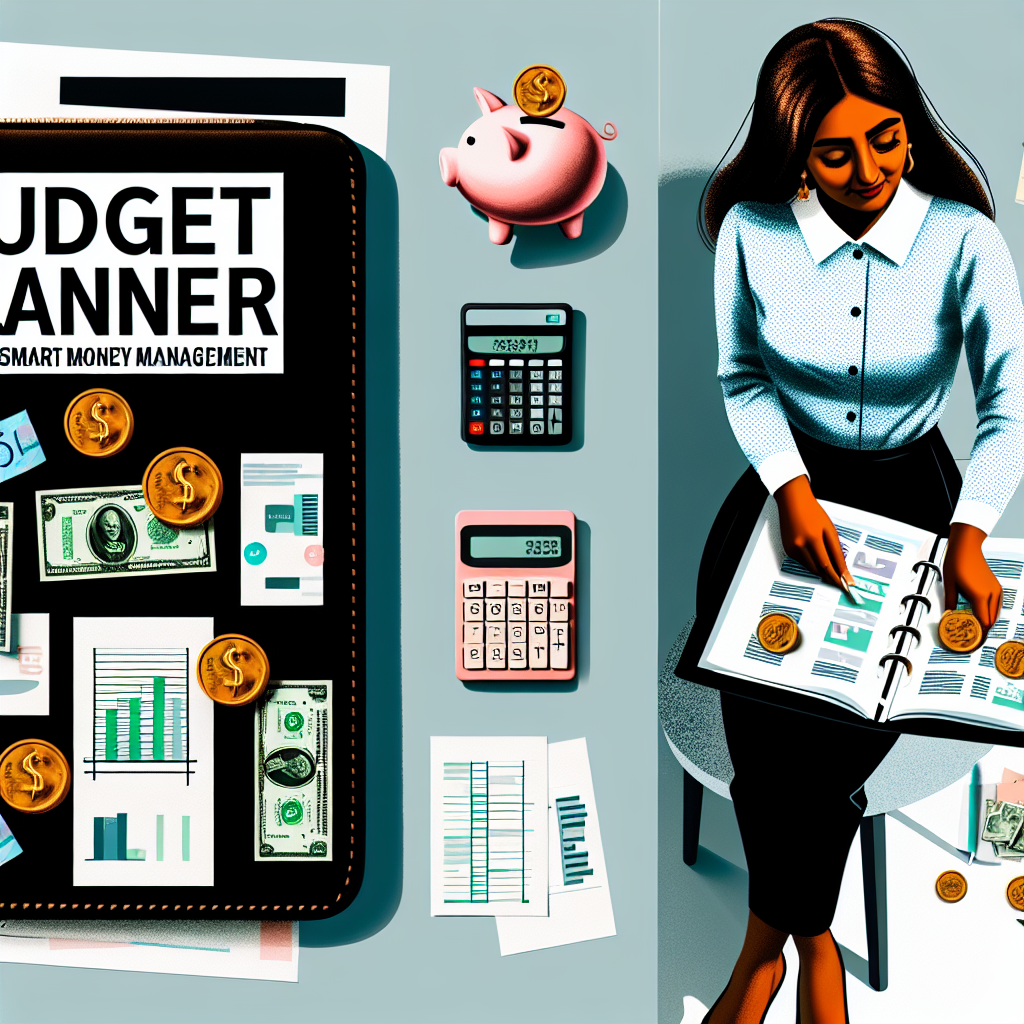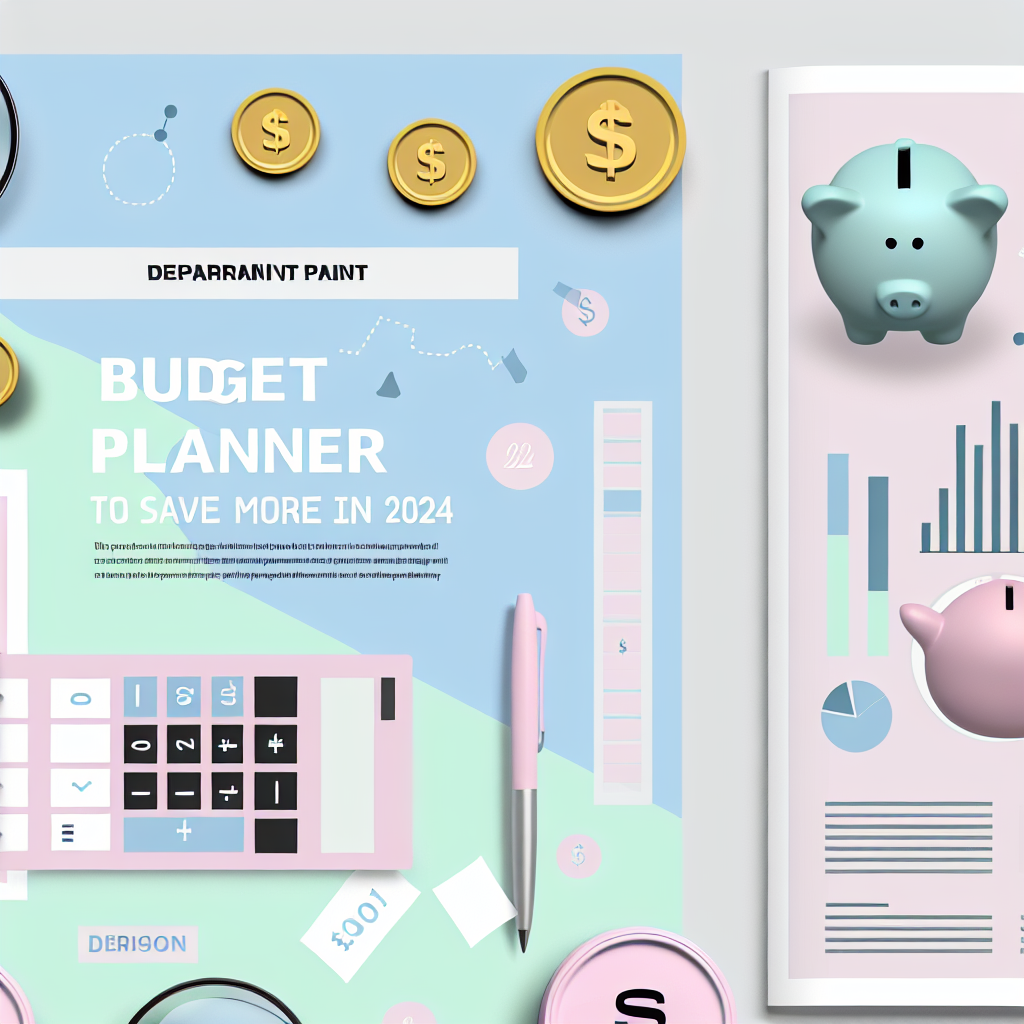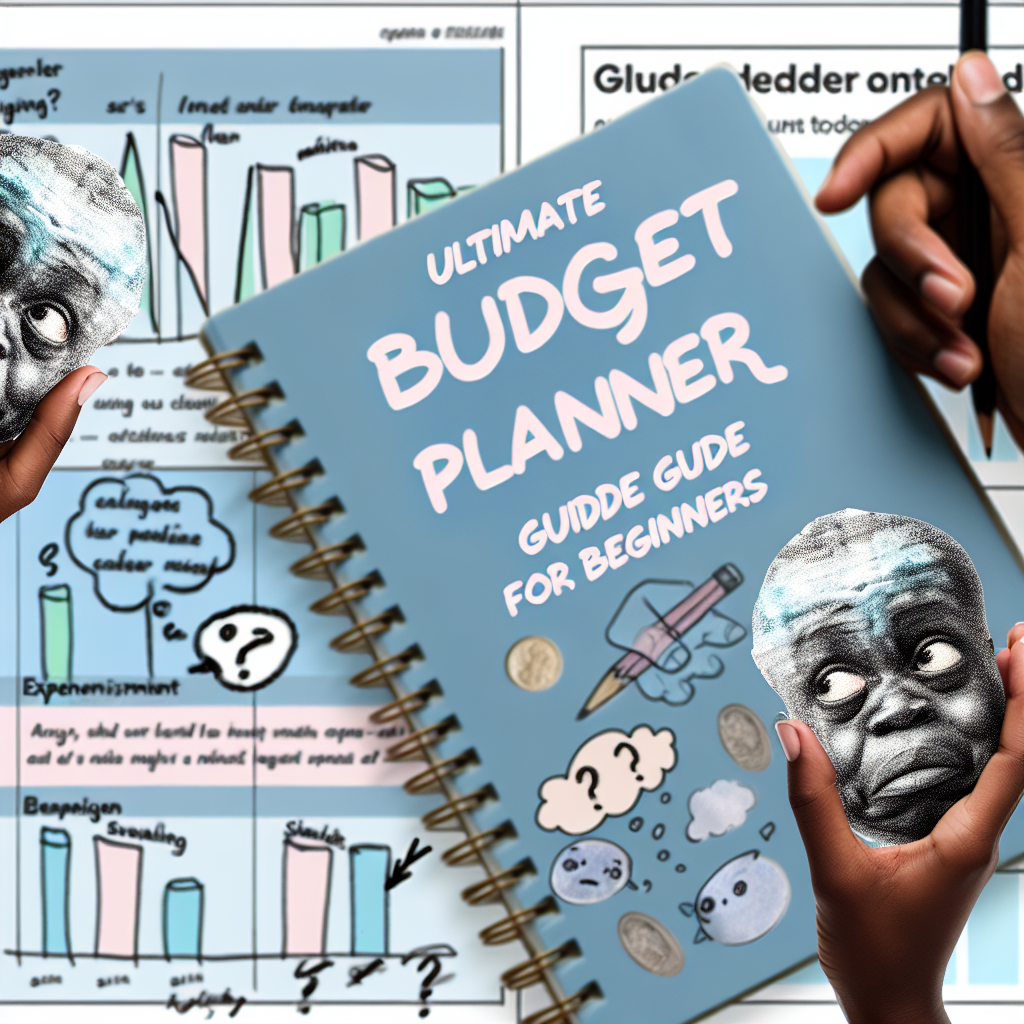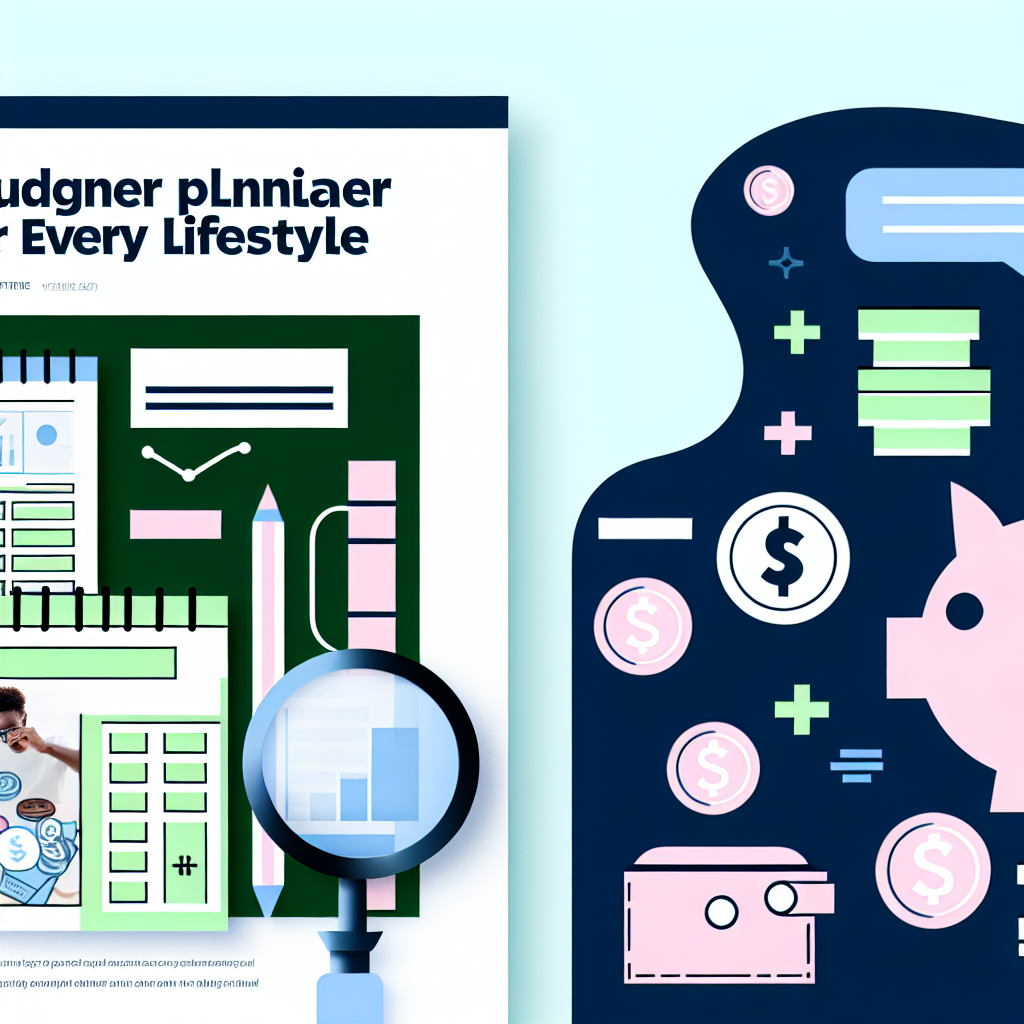=
I still remember the night I sat on my tiny apartment floor, staring at a crumpled receipt from a coffee shop. It was $12.50 for a latte and a pastry I barely touched because I was rushing to a second job. I felt a punch of guilt mixed with exhaustion. That little receipt was like a symbol of everything I’d been doing wrong with my money—throwing it around without thinking, pretending I had more than I did. Living within my means? That felt like some distant, boring dream for people who never worried about rent or if their phone bill would get paid on time.
My first real attempt at “living within my means” was a disaster. I scribbled a budget on a napkin (yes, a napkin) with big, angry letters that said “NO SPENDING.” Spoiler alert: it didn’t work. I lasted three days before I cracked and bought a hoodie I didn’t need because, well, it was on sale. But that mess of a start was also the beginning of something important: I began to realize that living within your means isn’t about strict rules or self-punishment. It’s about figuring out how to make peace with your money, even when it feels like a battle.
The Moment I Got It
The real shift happened when I stopped thinking of living within my means as “giving up” or “being poor.” It wasn’t about cutting out every pleasure or never having fun. It was about respect—respect for the little money I had and the freedom that could come from not being chained to credit card debt or constant worry. I realized living within your means means choosing what matters most and letting go of the rest without guilt.
How I Started to Save More and Spend Less (Without Losing My Mind)
The first thing that actually worked for me was tracking my spending—not with some fancy app, but just writing it down on a sticky note in my planner. I was shocked to see how many $5 here and $10 there purchases added up. It wasn’t about shame; it was about seeing the truth.
I remember being hesitant to try cooking at home more. I’d convinced myself I was “too busy” or “not good at it.” But then I started making simple meals, like pasta with canned tomatoes and frozen veggies. It wasn’t glamorous, but I saved $30 a week on takeout, and I felt a tiny spark of pride that I could do this.
This trick might sound weird, but I started setting a “fun money” envelope. It was $20 a week that I could spend on whatever I wanted—no guilt, no questions asked. It kept me sane and stopped me from binge-spending when I felt deprived.
Another game-changer was talking openly about money with friends who were also trying to get a handle on their finances. Sharing tips, failures, and victories made me feel less alone and more motivated.
I Know What You’re Thinking
I get it. Right now, you might be thinking, “This sounds hard,” or “I don’t have enough money to even start.” Believe me, I thought the same thing. When your paycheck barely covers rent and bills, the idea of saving or spending less can feel like a cruel joke. But living within your means isn’t about having a lot of money—it’s about making the most of what you have. It’s messy, imperfect, and sometimes frustrating, but it’s possible.
One Small Step
If you take nothing else from this, here’s what I want you to know: you don’t have to fix everything today. Just try one small thing. Maybe it’s writing down every purchase this week, or cooking one meal at home instead of ordering out. Maybe it’s just looking at your bank statement without turning away. These tiny steps add up, and they build a quiet kind of strength.
You’re not alone in this. I’ve been there—stressed, confused, and overwhelmed. But living within your means changed my life because it gave me a little breathing room and a lot more peace. And if I can do it, so can you.
💡 Want more tips like this? Explore more ways to save funds and plan your budget wisely!







